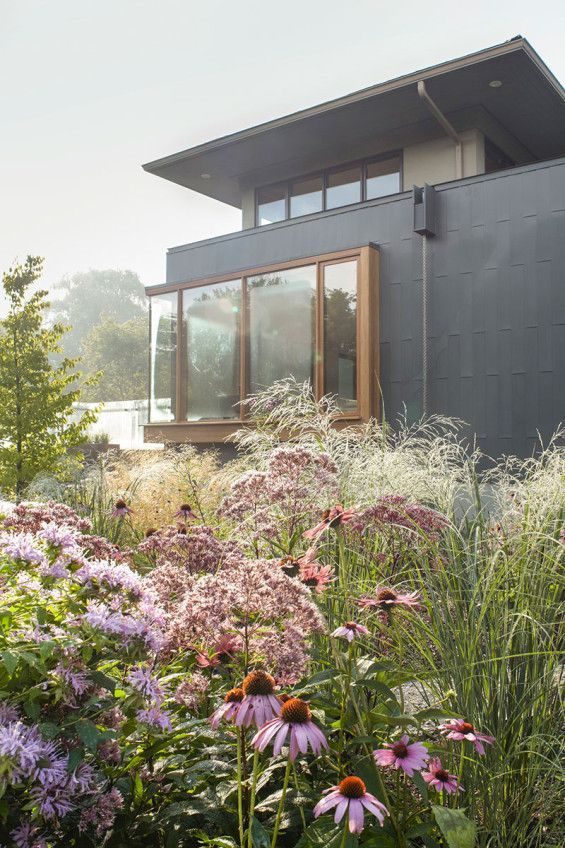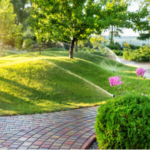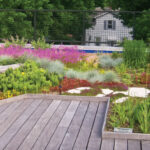Sustainable landscaping is becoming increasingly popular as more people recognize the importance of preserving the environment. This practice involves designing and maintaining outdoor spaces in a way that minimizes negative impacts on the ecosystem. By using environmentally friendly methods, sustainable landscaping can help reduce water usage, prevent soil erosion, and promote biodiversity.
One key aspect of sustainable landscaping is choosing native plants that are well adapted to the local climate and soil conditions. Native plants require less water and maintenance compared to non-native species, making them a more sustainable choice for landscaping. In addition, native plants provide important habitat and food sources for local wildlife, helping to promote biodiversity in the area.
Another important principle of sustainable landscaping is reducing the use of chemical pesticides and fertilizers. These chemicals can be harmful to the environment, contaminating soil and water sources and harming beneficial insects and other wildlife. By using organic and natural alternatives, such as compost and mulch, homeowners can create a healthier and more sustainable landscape.
Water conservation is a key component of sustainable landscaping, especially in areas prone to drought. By using techniques like drip irrigation, rainwater harvesting, and xeriscaping, homeowners can reduce their water usage and lower their utility bills. These practices not only benefit the environment but also help to create a more resilient landscape that can withstand periods of drought.
Incorporating sustainable design elements, such as permeable paving, green roofs, and rain gardens, can help reduce water runoff and prevent erosion. These features allow water to infiltrate the soil, replenishing groundwater and reducing the risk of flooding. By integrating these design elements into their landscaping, homeowners can create a more sustainable and environmentally friendly outdoor space.
Overall, sustainable landscaping offers a way for homeowners to create beautiful and functional outdoor spaces while also protecting the environment. By choosing native plants, reducing chemical pesticide use, conserving water, and incorporating sustainable design features, homeowners can create a landscape that is not only attractive but also beneficial to the ecosystem. As more people embrace sustainable landscaping practices, we can help to preserve the beauty and health of our natural environment for future generations.
















